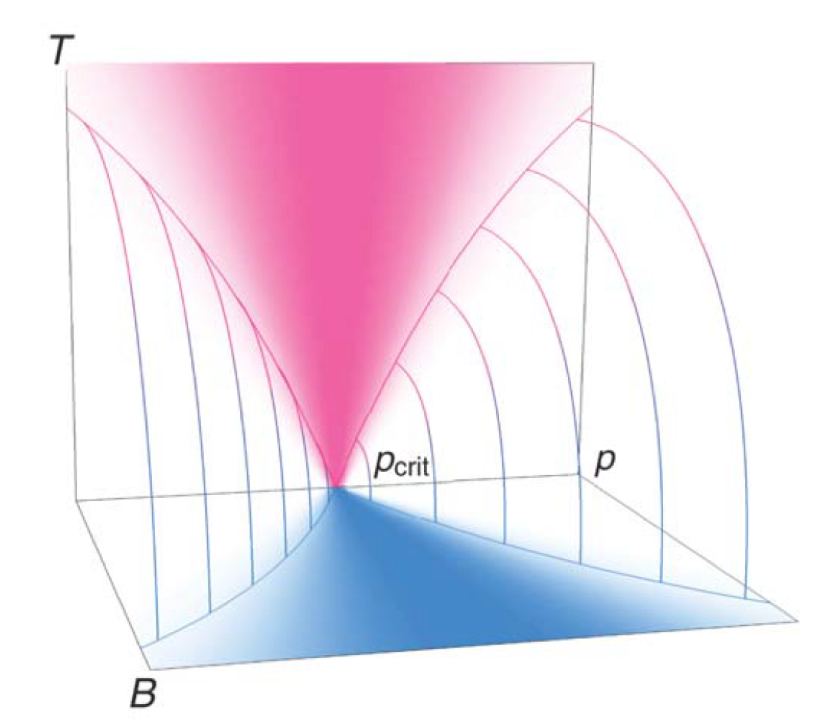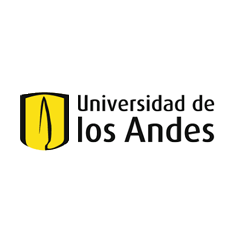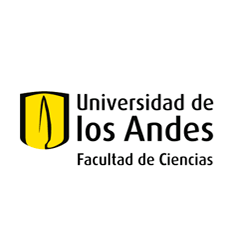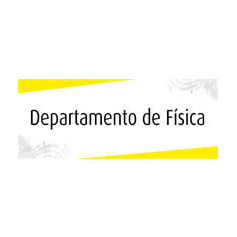Evidence suggests that the families of superconductors with the highest critical temperatures might exhibit quantum critical points (QCP) under the superconducting dome. A QCP marks the point in a phase diagram of temperature-tuning parameter at which a phase transition in a material is realized at zero temperature. How fluctuations associated with the presence of such QCP affect or even, give rise to the electronic properties of these materials and the superconductivity itself, is one of the most important open questions in materials research. Of particular interest for our group is the possibility of the existance of quantum criticality associated to charge density wave (CDW) phase transitions. The observation of CDW order in high temperature superconducting cuprates has re-opened interest in understanding how the existence of such CDW order, and even a CDW-QCP, can optimize superconducting critical temperatures and other electronic properties. Much has been characterized for QCP’s associated with magnetic phase transitions. For example, materials around magnetic QCP’s show divergence of quasiparticle effective masses; the presence of “strange metal” physics (non-Fermi liquid); tendency to phase-segregate; and the surge of novel ground states with optimum properties, such as superconductivity. However, little is known for QCP’s associated to CDW phases, other than the appearance of novel ground states close by in the phase diagram.
|
We use materials such as transition metals chalcogenides and bismuthate superconductors as playgrounds to study this phenomena. Quantum criticality associated to the suppression of phase transitions, like CDW, might arise in such systems, leading to novel electronic properties, including linear temperature dependence of resistivity and enhancement of superconducting critical temperatures. The study of quantum criticality associated to a phase transition requires tuning of the temperature at which such phase transition occurs. In order to do so, in our group we commonly use the tuning parameter of chemical doping thanks to our expertise in single crystal synthesis. In addition, we use a combination of transport measurements, thermodynamic measurements (heat capacity, RUS), magnetic measurements, X-ray diffraction and microscopy measurements to characterize the materials we synthesize and study. We also commonly use tuning parameters such as temperature and magnetic field to study and characterize the ground states of these systems, and many times need to acces extreme conditions such as temperatures down to 1K or magnetic fields up to 45 T or even 100 T (at the National High Magnetic Field Laboratory in USA) to reveal the secrets of these compounds and their possible quantum critical properties. |
 Figure: Schematic doping-field-temperature (p-B-T) phase diagram in the vicinity of the critical hole doping marking a quantum critical point in cuprate superconductors. The fan-shaped region marks a region for which strange metal physics is seen ( scale-invariant transport behavior, ħ/τ = max{kBT, mBB}, exists). From P. Giraldo-Gallo et al. "Scale-invariant magnetoresistance in a cuprate superconductor". Science 361 (2018) 479. Figure: Schematic doping-field-temperature (p-B-T) phase diagram in the vicinity of the critical hole doping marking a quantum critical point in cuprate superconductors. The fan-shaped region marks a region for which strange metal physics is seen ( scale-invariant transport behavior, ħ/τ = max{kBT, mBB}, exists). From P. Giraldo-Gallo et al. "Scale-invariant magnetoresistance in a cuprate superconductor". Science 361 (2018) 479. |



